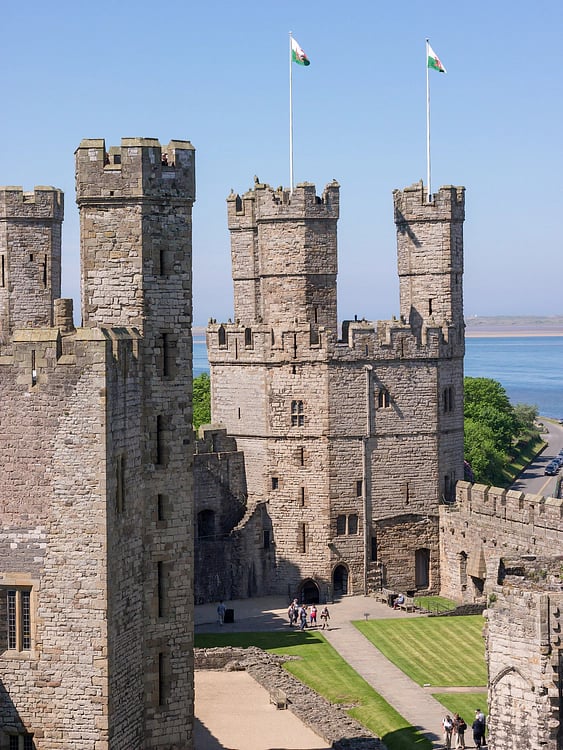A brief history of Caernarfon


Caernarfon has been a strategic site for over 2,000 years. The Romans built a fort which they named Segontium from the ancient British word for the river Seiont which flowed nearby. The ruins are still there on the outskirts of the town. https://cadw.gov.wales/visit/places-to-visit/segontium-roman-fort
The formidable Caernarfon castle which still stands today was built in two phases between 1283 and 1330 by Edward I and was not completely finished when work finally stopped. The castle is unusual in that it features multangular towers and colour banded walls. A visit to the castle is highly recommended and the guide book makes for interesting reading if you are fascinated by history. If castles are not your thing or you are on a budget then a walk around the town walls is free and probably enough to satisfy your curiosity. https://cadw.gov.wales/visit/places-to-visit/caernarfon-castle
In 1827 -28 the arrival of a narrow-gauge railway and the expansion of the slate trade heralded the start of a new and more prosperous era for this area of north Wales. Unfortunately this reached a peak in the 1890's when trade started to decline and most quarries in the region were closed over the next fifty years.
